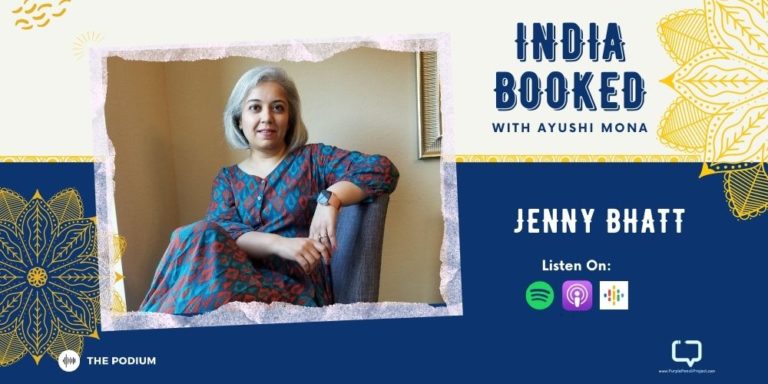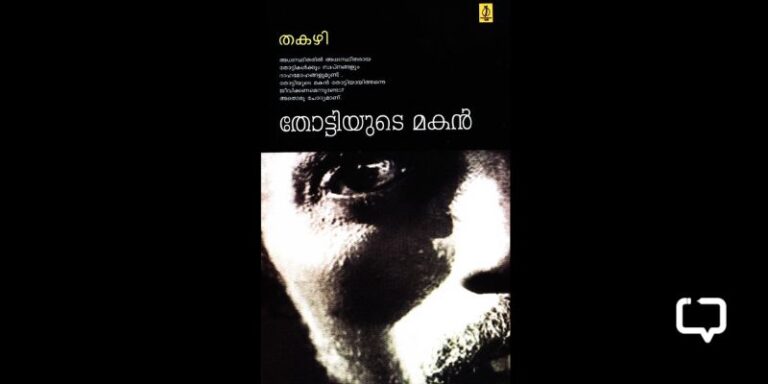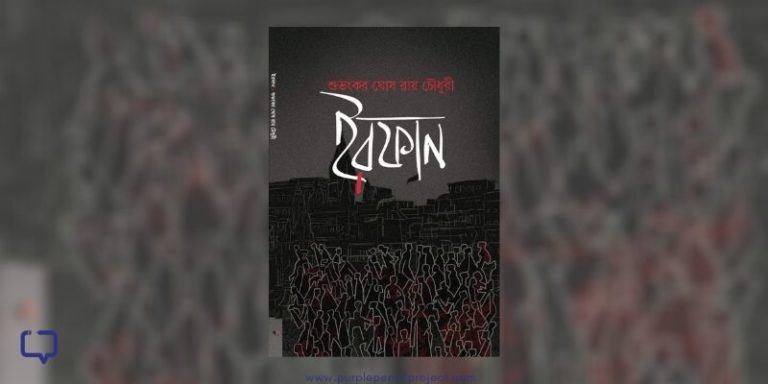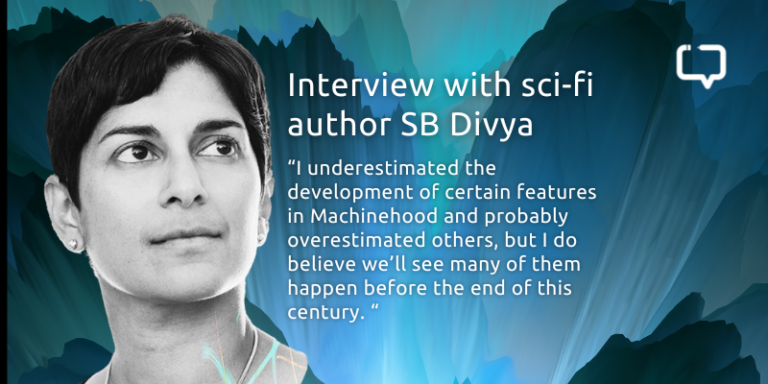Zenith Denis reviews Samsara: Enter the Valley of the Gods by Saksham Garg (published by Penguin in 2022).
Tucked within brambles that may,
– Saksham Garg, Samsara
Shielding boughs and keeping at bay;
Every dashak centres a blue rose,
Scent of which dale invariably knows;
Watered, it riots by the nights,
Sheeny, eliciting awe from sights;
But in the valley fortified by the one that slithers,
For the sake of home, that flower must wither.
Samsara: Enter The Valley of The Gods by Saksham Garg talks about a secret society called Vanyasa, existing in the cryptic valleys of the Himalayas. Every decade, ten souls are chosen to be a part of this archaic world, where little seems to have changed in the past 4000 years. The story follows the journey of Aman Chandra, a 17-year-old boy from Delhi who has been chosen to be a part of Vanyasa and how he finds himself not only confounded by the mystic ways of Vanyasa but also starts to unravel a secret about his father which undoes all that he has known so far.
Recommended Reading: Difference Between Fantasy and Sci-fi in Indian Literature
World-Building and Writing Style
Pitched as “India’s answer to Harry Potter” by the author himself, Saksham Garg’s Samsara is the first book of what is to become a series. With the second book already in the making, much of this book’s content revolves around the world-building and setting up the conflict. Divided into three sub-parts, the story is narrated not only from the point of view of Aman (the protagonist) but also from the perspectives of Idhika, Fayza, Prithvi and Sanaka, the other inhabitants of Vanyasa, an interesting choice by the author. Although it is set in the early 2010s, the overall language used here is rather pristine, giving the story an air of seriousness.
Mythology and Modernity: A Delicate Balance
The execution of the story has its hits and misses. When the narrator takes us through Hindu mythology and rephrases it for the modern audience, the story shines. However, in contrast to how Vanyasa came to be, the present-day set-up of the valley seems lacklustre. The newly escorted souls of Vanyasa feel it, as they are shown missing the modern amenities they had to abandon against their will. This is no Hogwarts, where the comforts of the modern world have their magical counterparts. This is a life of spiritual adventures undertaken for the greater good of humanity.
Recommended Reading: The Beginning of the Gameworld Trilogy: Fantasy or Fable?
Character Development and Inclusivity
The protagonist, Aman, has an air of despair around him. Forever a misfit in his modern life, he joins Vanyasa, only to be cornered here as well. And when he does find his purpose, it comes at a cost that seems unfair not only to himself but also to the reader. Saksham Garg has tried to add inclusivity by bringing in marginalised and culturally different characters. But they stand out even more under the background of this heavily religious atmosphere.
There’s the character of Aarti, who constantly mentions that she’s a Brahmin; hence, she needs to be respected. There’s Jagrav, the son of a millionaire who continually brags about the luxurious life he lived before being forced to join Vanyasa. Ujal and Prithvi are fraternal twins belonging to the tribe of Eklavya. They are frequently sidelined just because they belong to a lower caste. And then there’s Fayza, the only character belonging to a different faith. While she is intelligent and enthusiastic to learn the ways of Vanyasa; she is also seen offering namaz in her room, but not once do we see her questioning the two faiths she is now practising side by side.

Most of the characters have been given a backstory to provide them with some individuality. Most of these backstories aren’t utilised further into the plot. Only the backstory of Aman and Prithvi reach a satisfactory arc of completion. Madhu, the elixir necessary for sustaining Vanyasa, is a rather significant aspect of this story. Essentially Himalayan honey, this substance is revered both as a medicine and a hallucinogen. It was refreshing to see a story explore its usage as a tool in long-lost spiritual practices.
Poor Story Execution
For me, the story left much to be desired. There’s potential, certainly, but that potential never reaches its crescendo. The characters seem half-baked. The dialogues either sound too formal or too mundane. A lot of side characters seem stereotypical. For example – Aarti, one of the “bad girls”, is seen applying red lipstick rather aggressively right before every fight or taunt. The sādhus of Vanyasa are shown to be smoking and being obsessed with chai (kahwa and/or kādha would’ve been a more appropriate choice of beverage in this ancient valley).
When Aman makes a mistake, Sanaka (the head sadhu) beats him up rather mercilessly. And no one questions his actions, normalising the stereotype of aggressive sādhus. Only the character of Prithvi seems believable. Despite her being a Bhil girl from the tribe of Eklavya, her arc is about her personal goals.
Themes and Imagery
Contrary to how it was pitched, I found Samsara by Saksham Garg to be a commentary on modern spirituality. It talks about the power of collective consciousness and Aatmayog – a spiritual practice to unlock supernatural abilities. The part I liked the most is towards the end, where the protagonist is made to zoom out and see the workings of the world from a celestial being’s perspective. If that isn’t a nod to the spiritual concept of detachment, I don’t know what is.
Recommended Reading: Fantasy, Reality or Delusion by Jyotsna Pathak: A Witchy Mixture of Stories
Favourite Quote from Samsara by Saksham Garg
Idhika felt the bulbul’s actions as her own. She shook her feathers ever so slightly, flexing them out and feeling the minuscule adjustments of the wind that was her constant guide. Then she spread her wings and took off, with difficulty at first, but after a few hard flaps she managed to rise high enough to ride the thermals, elevating her tiny body.
Conclusion
Despite its flaws, this book’s visual imagery is on point. Saksham Garg succeeds in making you see his vision quite clearly, which is a strong reason why I look forward to the upcoming books in this series.






















